Sunshine and blue skies are often regarded as key elements of attractive travel photography. Fortunately both were present for a good chunk of my recent trip along the German Limes Route.
The route, known in German as the Deutsche Limes-Strasse, is one of more than 150 scenic driving routes cutting through Germany's countryside. They are themed, encouraging people to get out of well-visited destinations - such as Berlin, Munich and Hamburg - to see lesser-known places and sites of cultural and historic interest. You can, for example, follow routes taking you to places associated with the fairy tales of the Brothers Grimm (the German Fairy Tale Route), through towns known for their half-timbered housing (the German Half-Timbered Houses Route) and into countryside famed for its castles (the Castle Road).
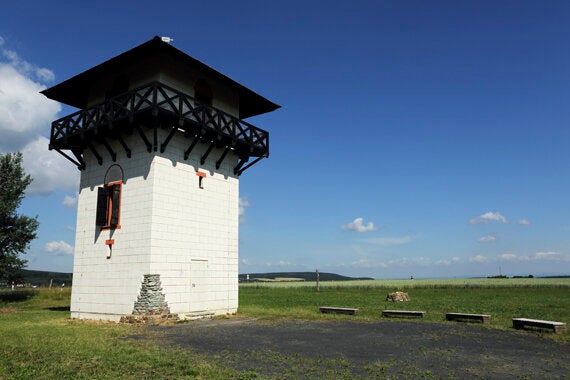
The German Limes Route has, in case you're wondering, nothing to do with citrus fruit. 'Limes' is a Latin term, meaning frontier. In fact, it's not even pronounced like the name of the tangy green fruit. As I learnt during my visit, 'lee-mes' is the way to say it.

The scenic route I followed runs for more than 700 kilometres, between Regensburg in Bavaria and Bad Gögging in the Rhineland-Palatinate. It tracks the 550-kilometre course of the Upper Germanic-Rhaetian Limes, once the frontier of the Roman Empire in German lands.

In the dense woodland that covered much of Germany during ancient times the Germanic tribes could prove formidable enemies. If it came to a surprise encounter on that terrain, rather than on a conventional battlefield, the Germans proved they could inflict serious damage to Roman forces. Three legions were lost in the Teutoburg Forest in 9AD, one of the Roman Empire's most profound military defeats.
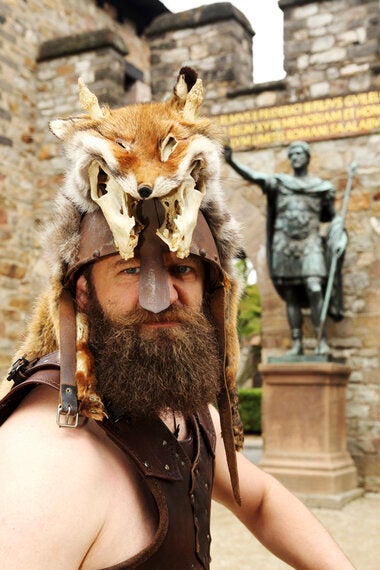
Like Hadrian's Wall in northern England, the Upper Germanic-Rhaetian Limes marked the effective boundary of Roman authority. They are part of the same transnational UNESCO World Heritage Site. The German section was inscribed in 2005.
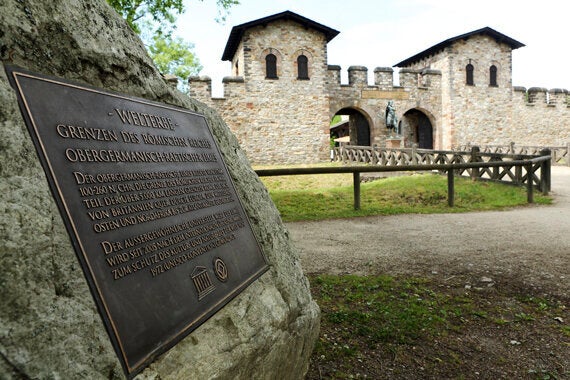
The Upper Germanic-Rhaetian Limes evolved over several generations. At first more than 900 watchtowers were erected along a strip cleared of trees and running between the Rhine and Danube rivers. A handful have been reconstructed in recent years, allowing visitors to get an idea of what Roman guards would have seen and experienced as they manned their posts on a frontier that remained stable from about 85AD until around 260AD.
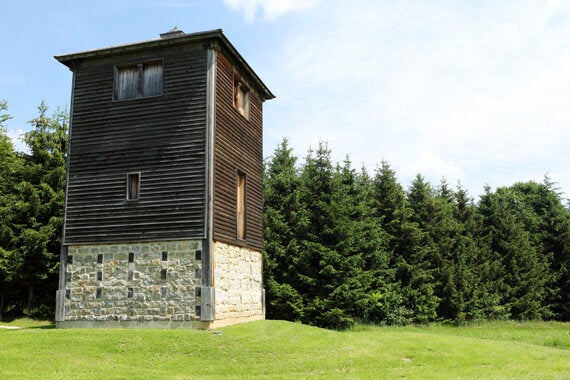
The Romans did occasionally venture beyond the palisade and wall barriers they constructed in the second century. Gates existed along the frontier, enabling trade, the passage of people and military sorties.
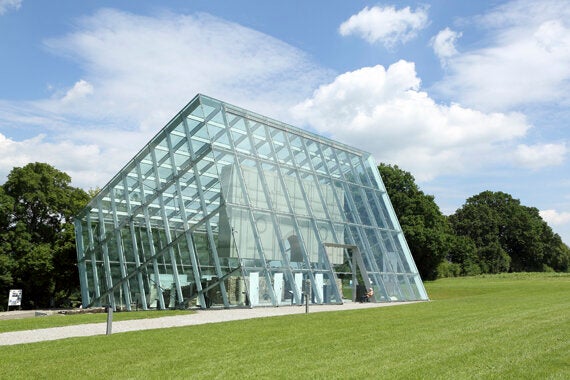
The ruin of a triumphal arch at Dalkingen in Baden-Württemburg provides archaeological evidence of the portrayal of a major Roman campaign in 213AD. It was erected to commemorate the victory of troops commanded by the Emperor Caracalla. An angular glass structure now protects it from the elements.
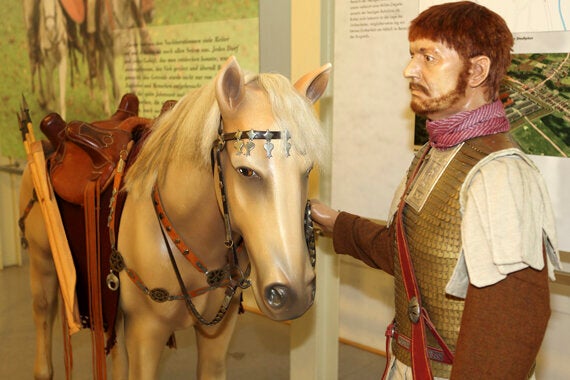
From Dalkingen it's just a few minutes' drive to the Limes Museum Aalen, which provides an overview of the military architecture along the frontier and life during Roman times. The museum stands next to the site of what was once the largest cavalry fortress north of the Alps.
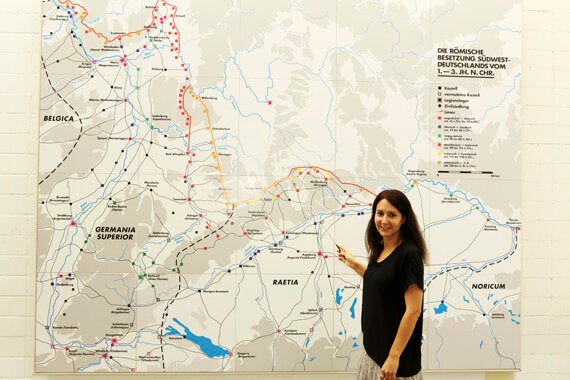
At Saalburg you can see how archaeologists believed a Roman fort would have looked when it was reconstructed more than a century ago. Chatting to interpretative experts at the site I heard how some of the archaeological evidence would be interpreted differently today. That said, for a lay visitors such as myself it helped convey the scale of the walls, ditches and key buildings of a Roman fort.
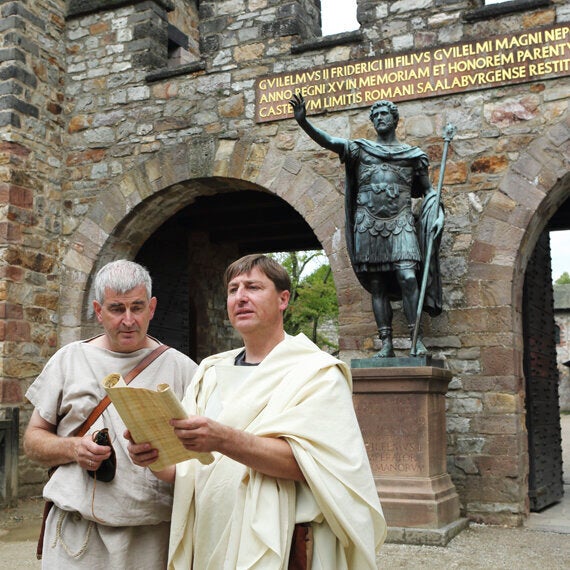
The sky was grey throughout most of my day at Saalburg. However, actors, re-enactors and musicians were on-site, one of the regular events at the fort which help visitors to gain a better understanding of everyday life in the Roman Empire.
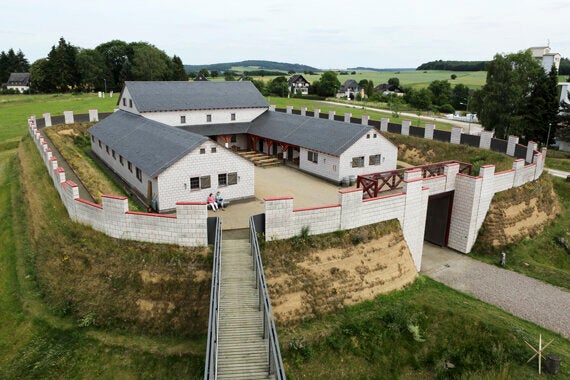
At Pohl, a reconstructed fortlet in the Rhineland-Palatinate, I dined on Roman style food. Chatting to the cook, I discovered the recipe was written down more than 1,600 years ago and the ingredients but not the quantities were recorded in the Apicius cookbook. The food, Roman goulash, was delicious but sweet rather than spicy. In Roman times paprika, like the potato, had not yet been introduced to Europe.

Driving along the German Limes Route takes you through or near more than 80 towns, meaning you can photograph architecture and landmarks in places as diverse as Geisig, Idstein, Wörth, Ellwangen, Mögglingen and Ehingen.

Of course, unless you're tied by the commitment of pre-booked, pre-paid accommodation you're free to spend as much time as you want following this scenic road.
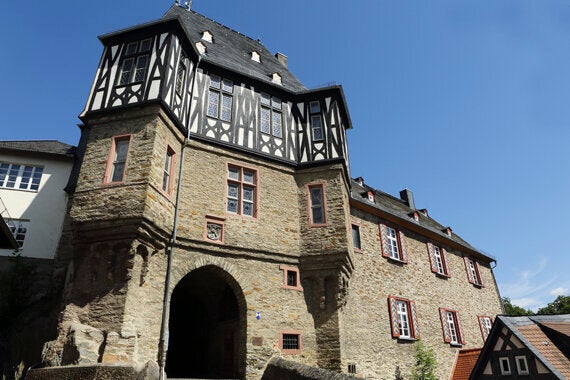
That could mean spending time exploring the countryside along the numerous footpaths and cycle paths along the German Limes Route. If that's what you're into you could even follow the hiking trail or long-distance cycle path that follow the entire route of the historic frontier.
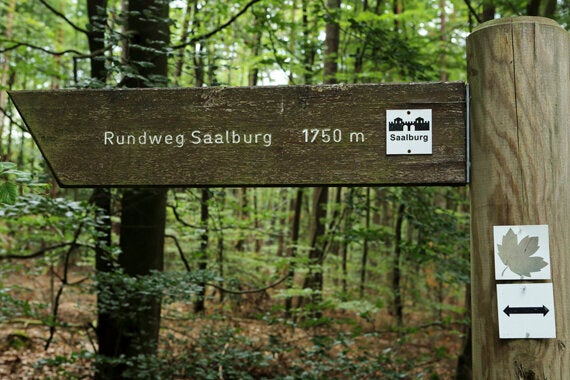
There are also plenty of circular walking trails underway. At Geisig you can follow a 9-kilometre footpath that ushers you through Dornholzhausen and Mühlbachtal, requiring about three hours to complete the circuit. You'll pass a reconstructed section of palisade plus a site where silver, zinc and lead were mined and smelted during the 16th century.
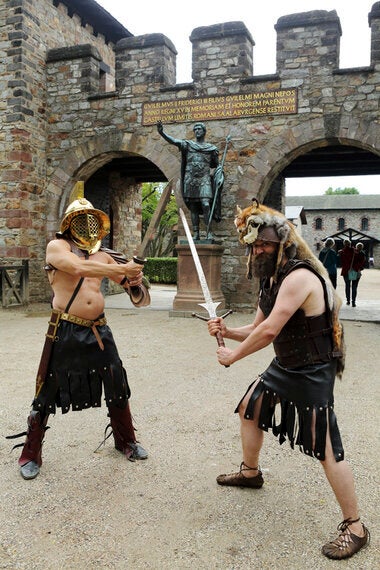
If you enjoy Roman history then this route warrants being driven. If you enjoy photography you'll find much to capture along its course.
Further information
See the Germany Travel website for further ideas for travelling on the country's scenic routes.
Take a look at the German Limes Road website for further information about the history of the Roman Empire's German Frontier sites of interest along its course.
Stuart Forster is a travel writer and professional photographer. Read more of Stuart's posts on his personal blog, go-eat-do.com. The photos illustrating this feature are all by Stuart.